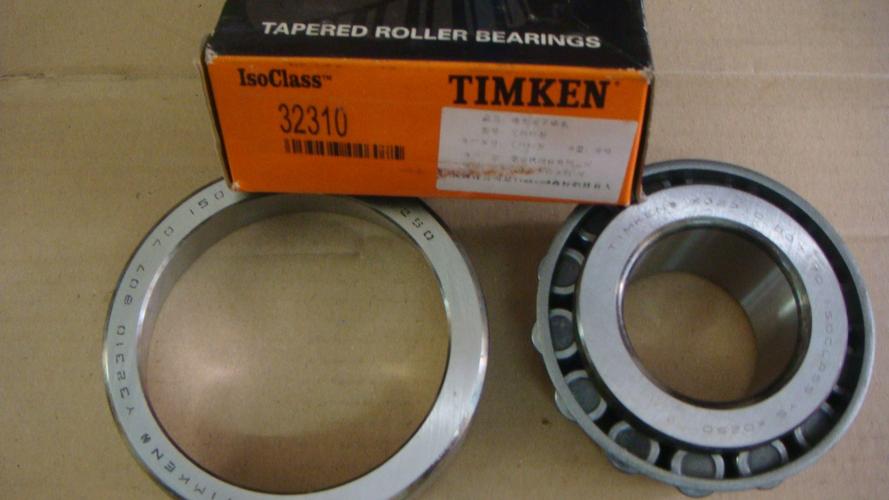Timken Bearing Dimensions: A Comprehensive Guide for Industrial Applications
Introduction
Timken bearing dimensions play a crucial role in industrial machinery, ensuring optimal performance and longevity. As global leaders in tapered roller bearing technology, Timken offers precision-engineered solutions for various applications. This guide explores everything you need to know about Timken bearing dimensions, helping you make informed decisions for your mechanical systems.
Understanding Timken Bearing Dimensions
Timken bearing dimensions refer to the standardized measurements that define a bearing's physical characteristics. These include inner diameter (ID), outer diameter (OD), width, and other critical specifications. Proper dimension selection ensures compatibility with shafts and housings while meeting load capacity requirements.

Importance of Correct Bearing Dimensions
Selecting the right Timken bearing dimensions directly impacts equipment performance. Properly sized bearings reduce friction, minimize wear, and extend service life. They also prevent premature failure and costly downtime in industrial operations.
Common Timken Bearing Types and Their Dimensions
Timken offers various bearing types with distinct dimension profiles: single-row tapered roller bearings, double-row designs, and thrust bearings. Each type serves specific load conditions and space requirements in machinery.
How to Measure Timken Bearings
Accurate measurement of Timken bearing dimensions requires precision tools. Key measurements include bore diameter, outside diameter, overall width, and cup width for tapered roller bearings. Always consult Timken's engineering manuals for exact specifications.
Timken Bearing Dimension Standards
Timken bearings follow international dimension standards (ISO, ANSI, JIS) ensuring global compatibility. The company provides comprehensive dimension tables and CAD models for easy integration into mechanical designs.
Applications of Timken Bearings by Dimension
Different Timken bearing dimensions suit various applications: smaller bearings for automotive transmissions, medium sizes for industrial gearboxes, and large dimensions for heavy machinery and wind turbines.
Selecting the Right Timken Bearing Dimensions
Consider load capacity, speed requirements, and environmental factors when choosing Timken bearing dimensions. Our technical team can help you select the perfect bearing size for your specific application needs.
FAQs About Timken Bearing Dimensions
How do I identify Timken bearing dimensions?
Dimensions are typically stamped on the bearing or available in product catalogs using standardized numbering systems.
Are Timken bearing dimensions metric or imperial?
Timken offers both metric and inch-sized bearings to meet global application requirements.
Can I interchange Timken bearings with other brands?
While some dimensions may match, we recommend using genuine Timken bearings for optimal performance and warranty coverage.
Where can I find Timken bearing dimension charts?
Complete dimension charts are available in our product catalogs and on our website's technical resources section.
How often do Timken update their bearing dimensions?
Timken maintains consistent dimensions for standard bearings while introducing new sizes as market needs evolve.
Conclusion
Understanding Timken bearing dimensions is essential for proper bearing selection and application success. For expert assistance with your bearing requirements, contact our technical team or explore our comprehensive product range today.




 13869596835
13869596835